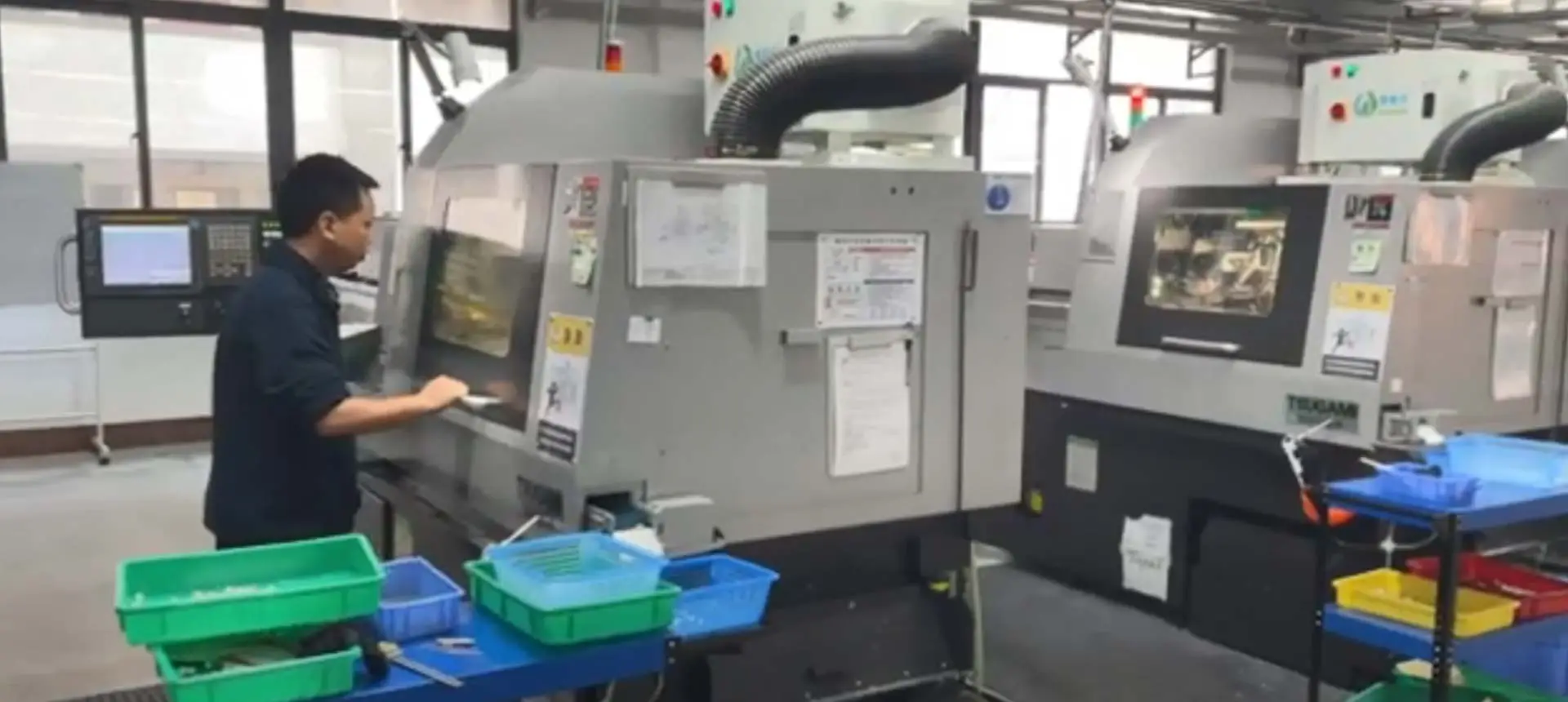
O torneamento CNC é um processo no qual uma máquina de torno é usada para moldar a matéria-prima em um produto acabado. A mais recente tecnologia para peças de torneamento CNC envolve o uso de sistemas avançados de software e hardware que permitem uma produção mais rápida, precisa e eficiente. Essa tecnologia inclui monitoramento em tempo real e sistemas de feedback que permitem aos operadores ajustar os parâmetros de usinagem em tempo real, bem como ferramentas de ponta e soluções de retenção de trabalho que melhoram a rigidez e reduzem os tempos de configuração. Além disso, a integração de sistemas de automação e robótica em operações de torneamento CNC está se tornando cada vez mais comum, permitindo uma produtividade ainda maior e economia de custos. No geral, a tecnologia mais recente para peças de torneamento CNC está revolucionando a indústria de manufatura, melhorando a qualidade, reduzindo os prazos de entrega e aumentando o rendimento.
Alcançar precisão com peças de torneamento CNC requer uma combinação de fatores, incluindo tecnologia avançada de máquinas, ferramentas de alta qualidade e operadores qualificados. A chave para a precisão está no planejamento cuidadoso e na execução do processo de usinagem, com foco na otimização dos parâmetros de corte, minimizando o desgaste da ferramenta e garantindo a configuração e o alinhamento adequados da peça de trabalho. Além disso, o monitoramento contínuo e as medidas de controle de qualidade são essenciais para manter a precisão e a consistência durante a produção. Com as ferramentas, técnicas e experiência certas, o torneamento CNC pode atingir altos níveis de precisão e precisão dimensional até mesmo nas partes mais complexas.
No domínio da usinagem de controle numérico por computador (CNC), dois processos fundamentais, torneamento e fresamento, desempenham papéis essenciais na formação de matérias-primas em componentes de engenharia de precisão. Compreender as principais diferenças entre torneamento e fresamento CNC é crucial para fabricantes e engenheiros com o objetivo de otimizar seus processos de usinagem e alcançar resultados superiores. Neste artigo, investigamos as características distintivas do torneamento e fresamento CNC, lançando luz sobre suas aplicações, técnicas e vantagens.
CNC Turning: Turning é um processo de usinagem usado principalmente para componentes cilíndricos. DuranteUsinagem cnc de aço inoxidável, Uma peça de trabalho gira em um fuso e uma ferramenta de corte atravessa o eixo de rotação para moldar o material. Este processo é ideal para criar peças como eixos, pinos e superfícies cilíndricas.
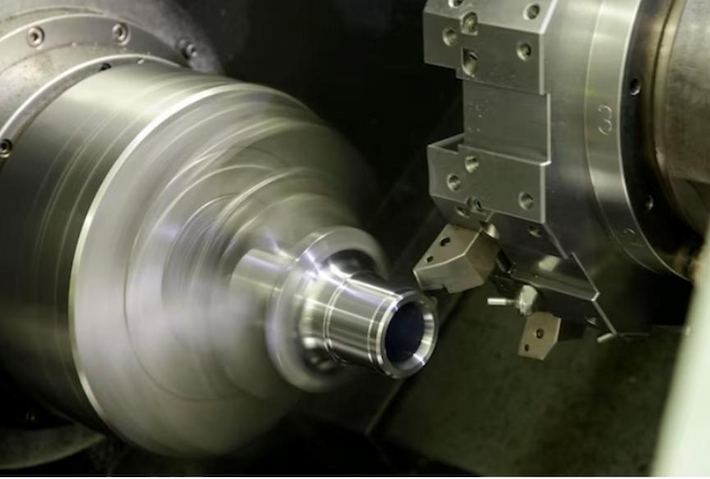
Moagem CNC: A moagem, por outro lado, envolve a remoção de material de uma peça de trabalho usando cortadores rotativos. A peça de trabalho permanece estacionária, enquanto a ferramenta da fresadora se move ao longo de vários eixos para criar formas, fendas e orifícios complexos. A fresagem CNC é versátil e aplicável a uma ampla gama de geometrias.

Torneamento CNC: As máquinas de torneamento, também conhecidas como tornos, têm uma orientação de fuso horizontal ou vertical. A peça de trabalho é presa ao fuso, que gira, permitindo que a ferramenta de corte se mova paralela ao eixo de rotação.
Moagem CNC: As fresadoras podem ter orientações de fuso vertical ou horizontal. Na fresagem vertical, o fuso é orientado verticalmente, enquanto na fresagem horizontal, o fuso é posicionado horizontalmente. Essa distinção permite diferentes abordagens de corte.
Torneamento CNC: As ferramentas de torneamento são normalmente ferramentas de ponto único que cortam o material conforme a peça de trabalho gira. A ferramenta se move radialmente e axialmente para moldar a peça.
Moagem CNC: As ferramentas de fresagem são geralmente ferramentas multiponto, e o processo de usinagem envolve movimentos rotativos e lineares. A fresagem permite o uso de moinhos de extremidade, moinhos de face e várias geometrias de ferramentas para alcançar resultados específicos.
CNC Turning: Turning é mais adequado para peças simétricas com simetria rotacional. Ele se destaca na criação de recursos como ranhuras, afunilamentos e contornos em superfícies cilíndricas. As aplicações comuns incluem a produção de componentes cilíndricos, como buchas, eixos e flanges.
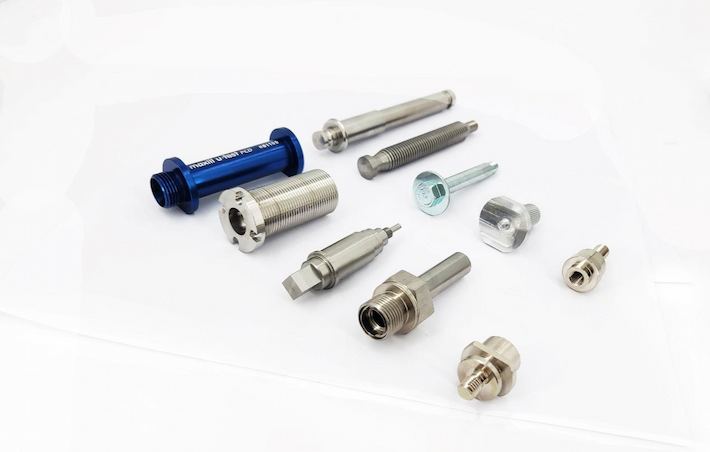
Moagem CNC: A moagem é adepta da produção de uma ampla variedade de formas, incluindo bolsos, slots e contornos tridimensionais complexos. Esta versatilidade torna a fresagem adequada para componentes intrincados. A fresagem é adequada para uma gama mais ampla de aplicações, incluindo a criação de componentes intrincados para as indústrias aeroespacial, automotiva e médica.
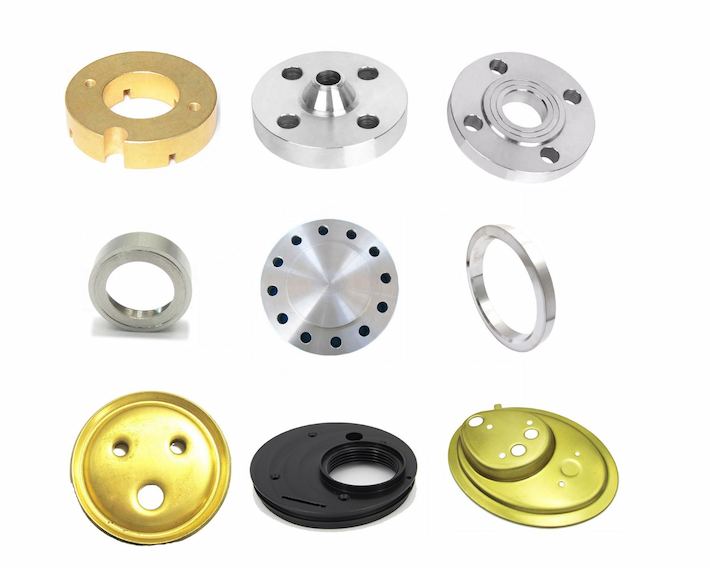
Em conclusão, o torneamento e a fresagem CNC são processos de usinagem distintos, cada um com seu próprio conjunto de vantagens e aplicações. A escolha entre torneamento e fresamento depende de fatores como a geometria desejada, o material e os requisitos do projeto. Ao compreender as diferenças entre torneamento e fresamento, a escolha do método de usinagem apropriado pode resultar na produção de produtos de alta qualidade.
No domínio da usinagem CNC, HHC (海) se destaca como a primeira escolha para torneamento CNC, oferecendo experiência incomparável e soluções personalizadas. Aqui estão as principais razões pelas quais selecionar HHC é uma decisão estratégica:
Como profissionalFábrica de peças de alta precisão, HHC se destaca no desenvolvimento de moldes personalizados e design de soluções personalizadas, fornecendo soluções de fabricação personalizadas. Nossa experiência reside na criação de moldes sob medida, garantindo a precisão e a exclusividade dos componentes adaptados às suas necessidades específicas do projeto.
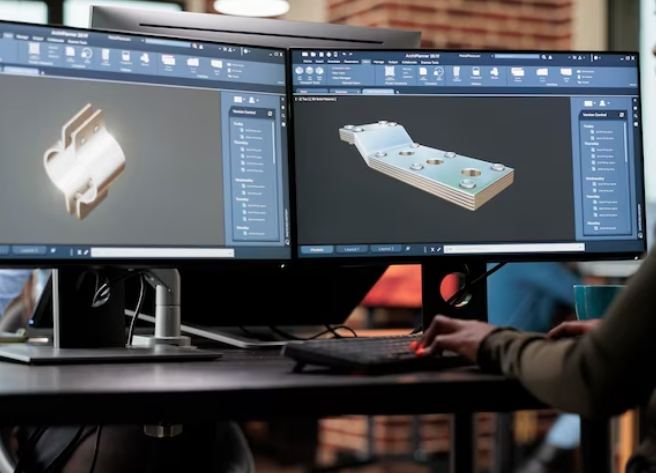
Na HHC, a qualidade é a nossa pedra angular. Aderindo aos padrões internacionais tais como ISO9001, IATF16949, e ISO13485, etc Nós garantimos a excelência em cada produto. Nossos rigorosos processos de controle de qualidade garantem que cada componente não apenas atenda, mas exceda as expectativas do cliente, estabelecendo confiança e confiabilidade.
HHC possui um parque industrial auto-construído, integrando verticalmente nossa cadeia de produção para uma vantagem de custo distinta. Nossos processos de produção eficientes e integração vertical aumentam a produtividade, permitindo-nos atender ao seu orçamento de custos sem comprometer a qualidade.
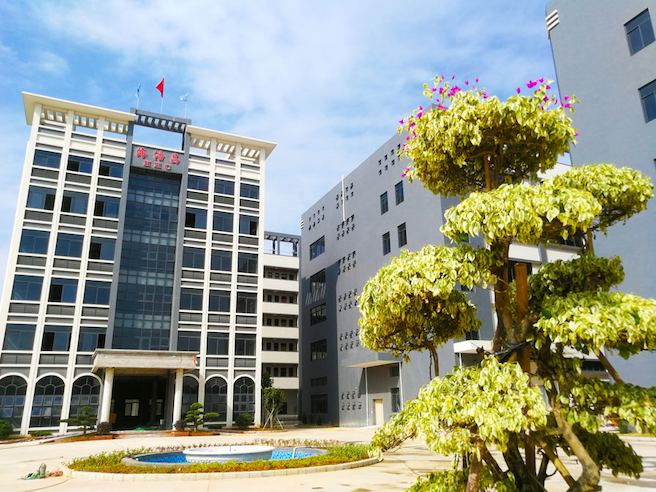
Em conclusão, a HHC CNC Lathing Turning oferece mais do que usinagem de precisão; ele fornece uma parceria enraizada em inovação, confiabilidade e custo-benefício. Escolha o HHC para uma jornada colaborativa que mescla excelência personalizada com qualidade incomparável, ao mesmo tempo em que otimiza os custos.
No mundo da usinagem de precisão, o torneamento CNC é um processo versátil conhecido por sua capacidade de criar várias formas com precisão e eficiência. Aqui está uma exploração concisa das formas que o torneamento CNC pode produzir:
O torneamento CNC se destaca na fabricação de formas cilíndricas, tornando-o ideal para a produção de componentes como eixos, pinos e buchas. O processo garante uniformidade e precisão em perfis cilíndricos.
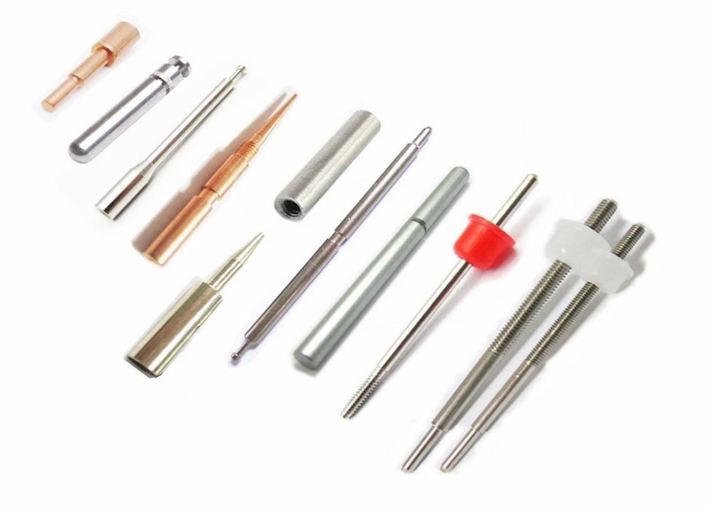
O torneamento CNC é proficiente na criação de formas cônicas e cônicas. Essa capacidade é valiosa para aplicações em que as peças requerem uma redução gradual ou expansão de diâmetro.
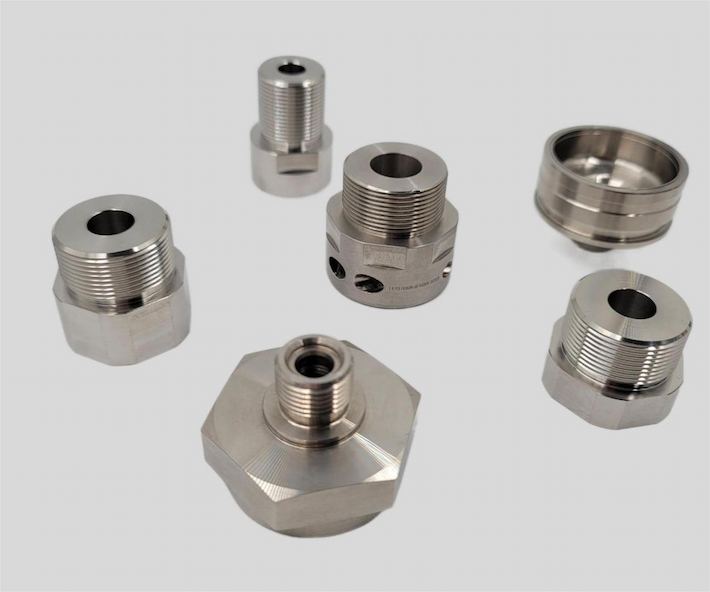
O processo é adepto da formação de ranhuras e contornos intrincados em superfícies cilíndricas. Isso torna o torneamento CNC adequado para componentes com características detalhadas, aprimorando a funcionalidade e a estética.

Embora principalmente associado a formas cilíndricas, o torneamento CNC também pode ser empregado para produzir componentes esféricos. Essa versatilidade amplia a gama de formas alcançáveis.

O torneamento CNC pode lidar com geometrias complexas, incluindo formas com diâmetros variados e detalhes intrincados. Isso o torna um processo valioso para a elaboração de componentes diversos e personalizados.
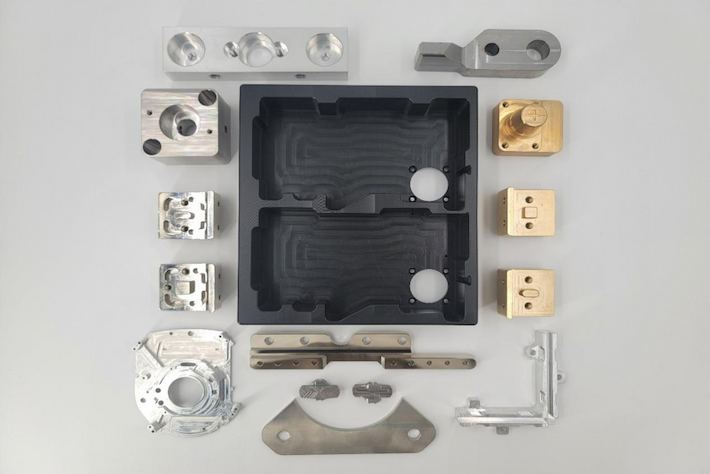
Em conclusão, o torneamento CNC não se limita a formas específicas; sua adaptabilidade permite a criação de uma ampla gama de componentes, variando de formas cilíndricas simples a geometrias complexas e complexas. A precisão e eficiência do torneamento CNC tornam a escolha preferida para moldar várias peças no real.


